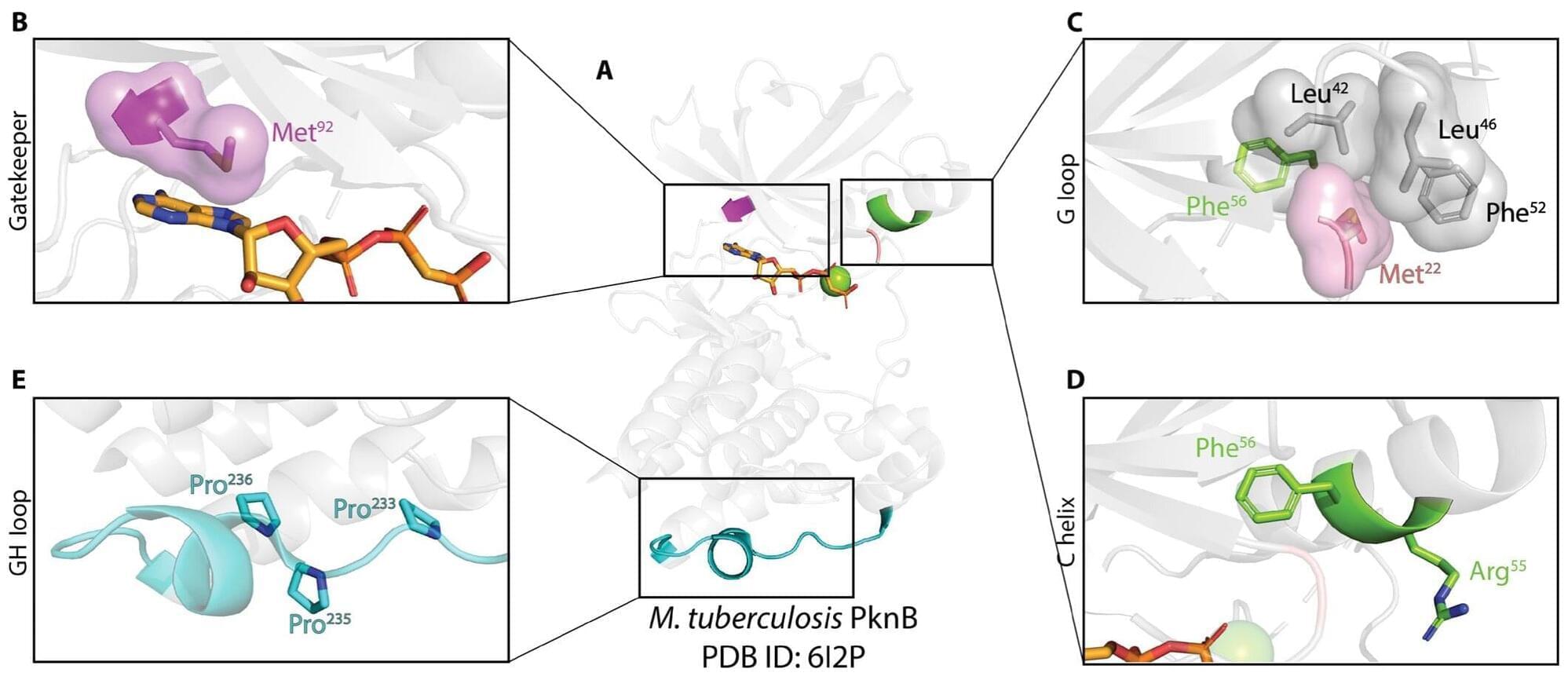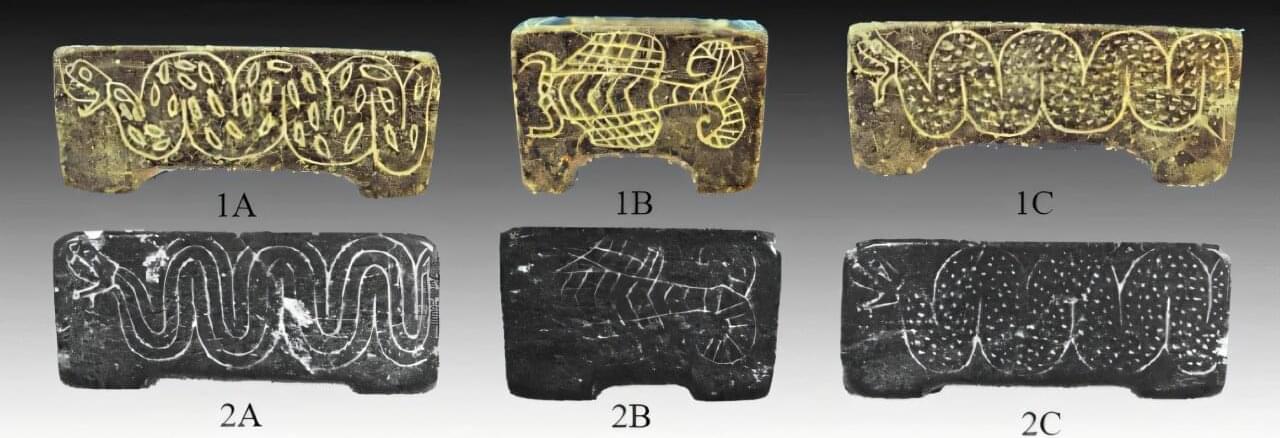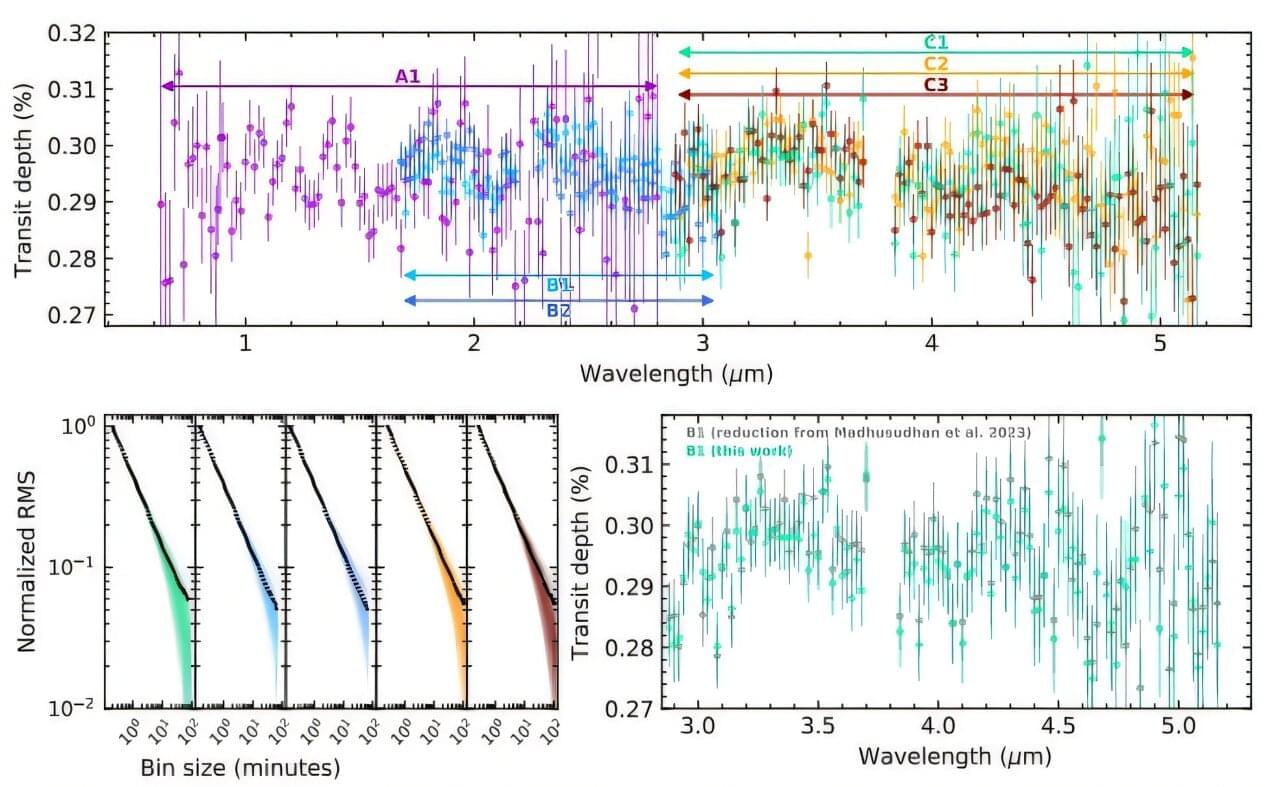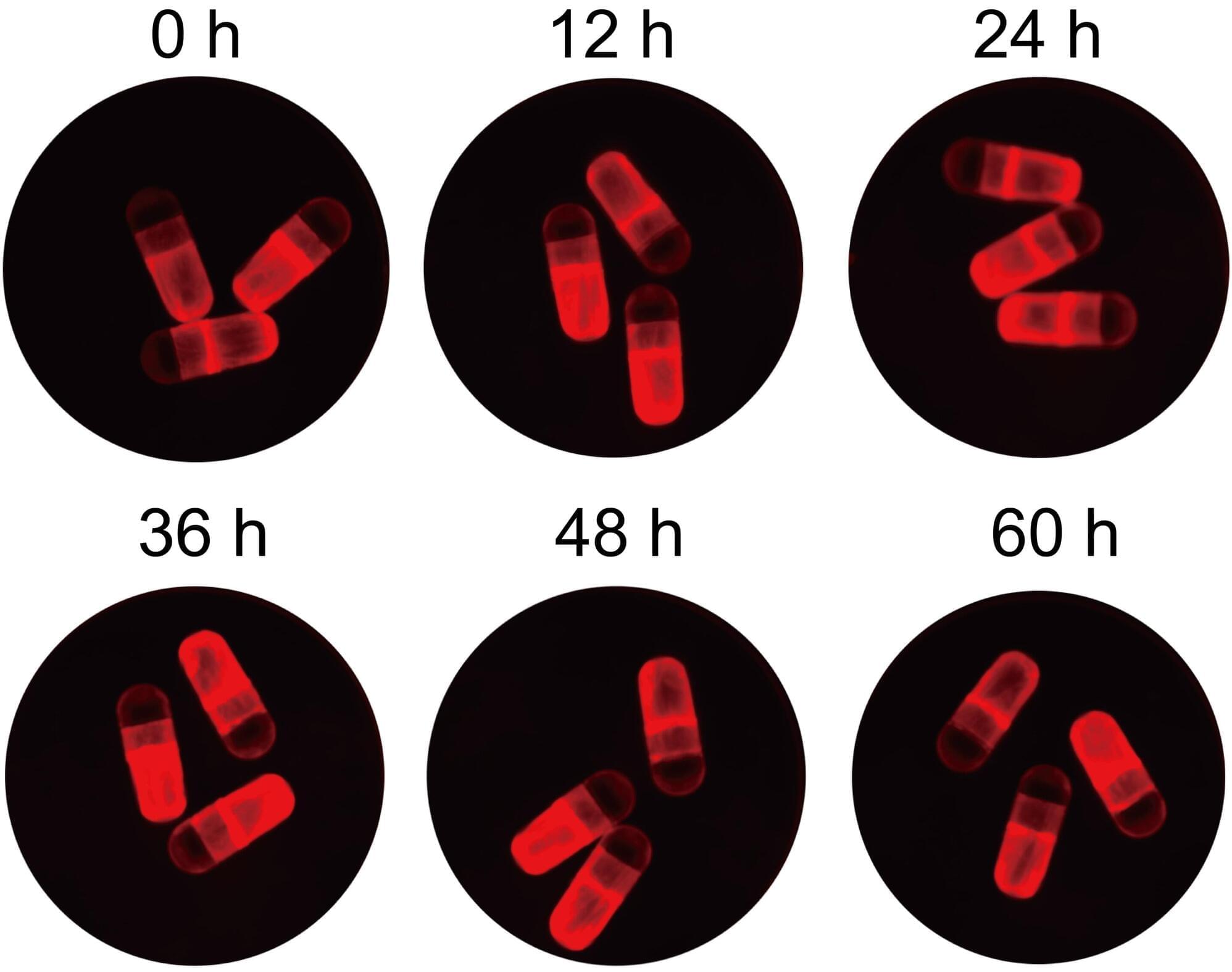Scale AI competitor Micro1 is finalizing a Series A round valuing the startup at $500 million, according to two sources familiar with the matter.




Enzymes known as kinases play a critical role in cell growth, metabolism and signaling in a multitude of organisms across the tree of life—from algae to helminths to mammals. Now, scientists have developed an atlas of bacterial kinases and say their new compendium holds a motherlode of possible targets for reimagined antimicrobial drugs.
A team of researchers at the University of Georgia has zeroed in on serine-threonine kinases, regulators of cell growth and pathogenicity in a multitude of bacterial species. They say their compendium can provide guidance on research into bacterial virulence and potentially trailblazing ways to attack bacteria by inhibiting the activity of serine-threonine kinases. The team’s compendium was developed by analyzing serine-threonine kinases in nearly 26,000 strains of bacteria.
“Bacterial serine-threonine kinases regulate diverse cellular processes associated with cell growth, virulence, and pathogenicity and are evolutionarily related to the druggable eukaryotic serine-threonine kinases,” writes researcher Dr. Brady O’Boyle of the University of Georgia, lead author of the new study involving the massive atlas. O’Boyle and his team found that the number of serine-threonine kinases within bacterial genomes ranges from 1 in Escherichia coli to more than 60 in some species of Actinobacteria.
There may be a new artificial intelligence-driven tool to turbocharge scientific discovery: virtual labs.

In 2015, astronomer Tabetha Boyajian and colleagues announced the discovery of unusual light fluctuations coming from a star about 1,500 light-years away. It came to be known as “Tabby’s star” or “Boyajian’s star,” and the peculiar alterations in the light transmitted to Earth quickly drew attention.


Though scientists have long understood how lightning strikes, the precise atmospheric events that trigger it within thunderclouds have remained a perplexing mystery. The mystery may now be solved, thanks to a team of researchers led by Victor Pasko, professor of electrical engineering in the Penn State School of Electrical Engineering and Computer Science, that has revealed the powerful chain reaction that triggers lightning.


